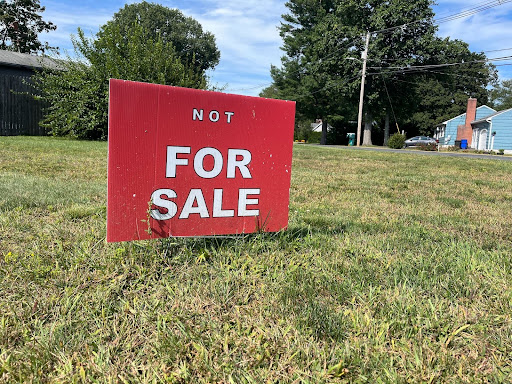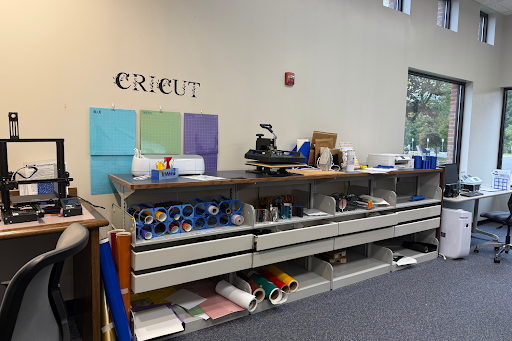
On July 25th, the town of South Windsor experienced an unexpected tragedy when a home on Niederwerfer Road went up in flames.
A house located on 345 Niederwerfer Road caught on fire for an unknown reason. Thankfully, no residents were present in the home, or on the property during the time of the fire. In addition, no emergency personnel were injured dousing the fire. While authorities say the cause of the fire was unknown, firefighters speculate the house was struck by lightning during the bad thunderstorms earlier that day.
In response to the emergency, firefighters from South Windsor and surrounding towns; Ellington, East Windsor, and Rockville, arrived promptly at the scene. However, within minutes, 2-3 tankers (trucks transporting large volumes of water to remote or rural areas lacking fire hydrants) ran out, forcing firefighters to search for a nearby fire hydrant.
Niederwerfer is a 1 ½ long residential area, with 2 fire hydrants, one at each end of the road. The hydrant in closest proximity to the fire was not used during the emergency. Due to the remote placement of the additional fire hydrant in relation to the Niederwerfer home, firefighters needed to use longer hoses to reach the home.
Water pressure is decreased with increased distance due to friction. As water flows through the hose, it encounters resistance from the hose walls and friction between the water particles themselves. The farther water travels, the more resistance it will face, lowering the water pressure.
Since many of the houses on Niederwerfer Rd are far from a viable water source, water pressure may have impacted the speed at which the fire was doused, potentially resulting in further damage.
During the fire, a South Windsor resident who’s home neighbored the house fire, Dale-Ann Willard, contributed immensely to the emergency efforts. As a witness, Willard expressed concern that the fire hydrants were too far away, creating a problem for emergency services. Not only did it take longer for emergency personnel to access the hydrants, but according to Tameson.com, closer proximity to water sources results in better water pressure.
“The farther away the fire hydrants are from the fire the lower the water pressure [will] be [when] putting out the fire,” Willard said.
There is a large amount of confusion surrounding the issue of the fire hydrants, and it is unclear why the closest hydrant was not used to put out the fire, as different parties have cited different reasons for neglecting it. The South Windsor Fire Department has stated the fire hydrant closest to the site of the fire was dry, prompting them to search for the next best water source, and eventually bringing in additional water trucks. Conversely, some residents of Niederwerfer Road have suggested that perhaps SWFD was unaware of the fire hydrant’s location, choosing to use water trucks, in hopes of a faster response time.
Regardless of the exact issue with the Niederwerfer Road fire hydrant, the incident brought attention to the lack of fire hydrants within the South Windsor community as a whole, sparking conversation on the Town Council. In addition to conversation, South Windsor residents have started a petition, which will continue to raise awareness of the areas needing fire hydrants, in an effort to prevent further issues in the future.
The Burke family was very appreciative of the people who supported them, especially towards the “firefighters who put their lives on the line and tried their best to put out the fire,” the Burke family said.









